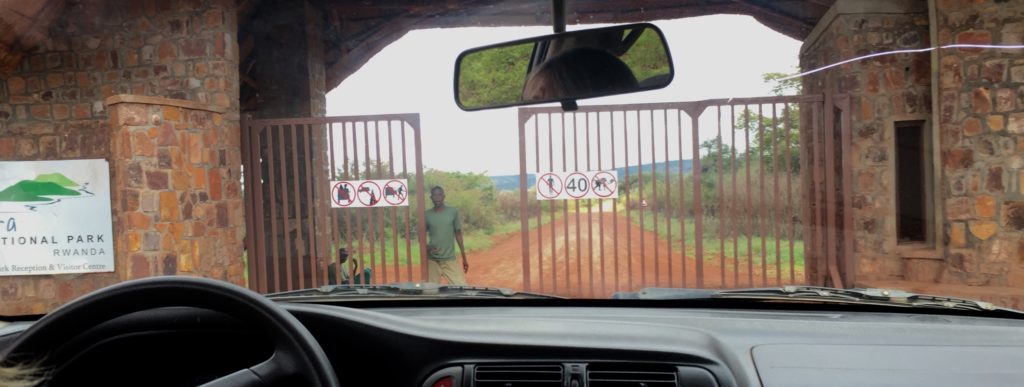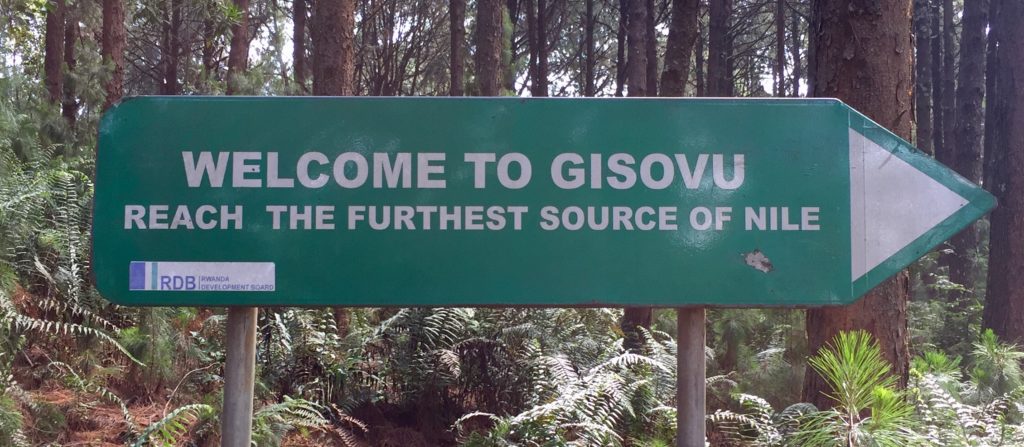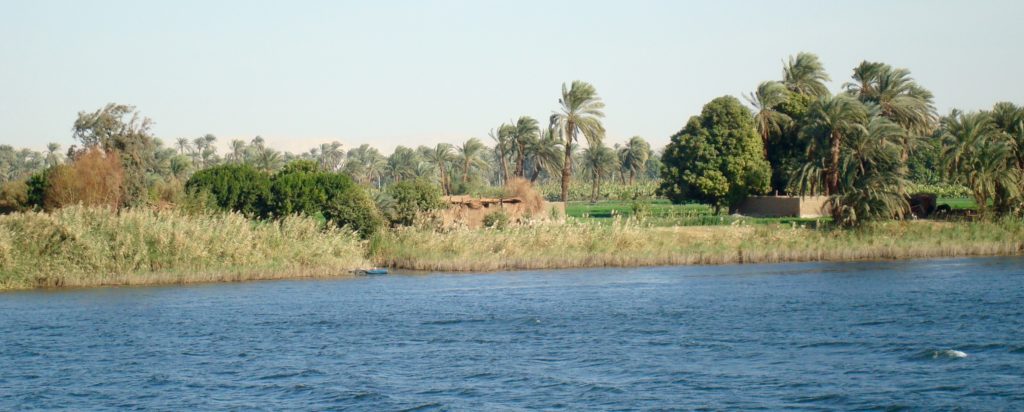I was fortunate enough to win an Advanced Reader’s Edition of the final Amelia Peabody book, completed after the death of Eluzabeth Peters/Barbara Mertz by Joan Hess. The book is a worthy addition to the Peabody saga. In the beginning I thought the dialog was bit off, words the Peabody-Emersons would have used, but a little off tone. But that feeling soon vanished as I got caught up in the story of how the Nefertiti head “really” got found, against the back story of a series of assassins bent on doing away with Amelia and a couple of deus ex machina appearances by the “Master Criminal” Sethos.
Terribly sad the whole ride is over, but very pleased we got one last adventure. And one should go back (or forward) and read “Tomb of the Golden Bird” to see Amelia off properly.
https://www.harpercollins.com/9780062083517/the-painted-queen






